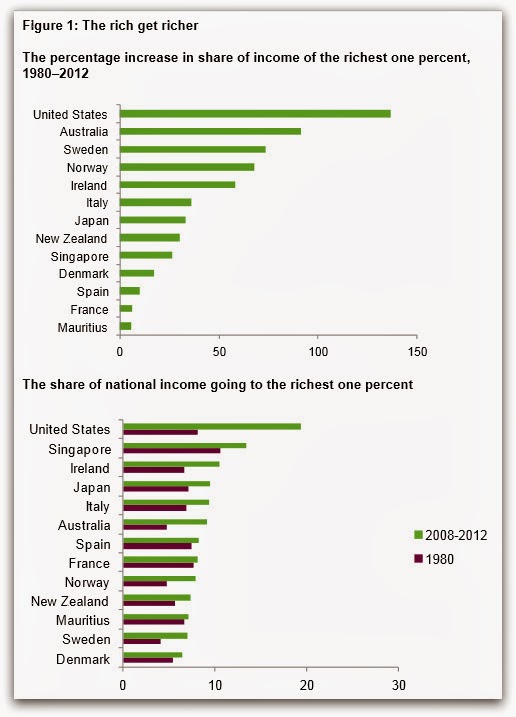Things our teens deserve to know
 |
| ... conform, non-conform |
1. You don't have to live the way your friends expect you to.
2. You choose your path, or circumstance will choose for you.
The cultural tension between conformity and nonconformity surfaces in every generation as young people labor to establish their own identities and prioritize their own values.
There is substance on both sides of the discussion regarding conformity, of course. Teens must learn how to hold on to the good parts, challenge the pointless parts, establish a larger perspective, reach higher, take risks, dig for truth. They'll learn from us.
The important element, as Kipling suggests, is not the challenging of established norms but the informed choice involved. If we haven't thoughtfully labored through that foundation laying, the structure we build will be lightly reinforced and unable to endure the first strong wind.
It's difficult to encourage a teen in the midst of that particular developmental upheaval, but it is among the critical change points that will establish who they will be. If we're wise, we'll help them lay a foundation long before that particular wind blows.
Historical Note: From the Old Testament, the encouragement to instruct our children should perhaps be understood in the context in which it was given. A child's transition to adult responsibility is understood to have begun around age 12. Might that affect our thinking and practise?
~ Train up a child in the way he should go, and when he is old, he will not depart from it. (How old?)
~ And you who are younger, listen those older than you. And all of you, leaders and followers alike, are to be down to earth with each other. (God has had it with the proud, but he really enjoys plain, genuine people.)Western culture tends to hold on to teens and control them ever more stringently until suddenly turning them loose around 18, as though everything were complete at that point.
Does it help if we view a child's progress as periods of transition and continuous change, like:
Age 0-6: we do everything for them, make all the choices, and they do everything our way.
Age 6-12: they do everything as they're taught; we teach them how and why ... and how to choose.
Age 12- ? : they do everything and we mostly coach from the sidelines. They participate in our decisions.
'Continuous change' describes the passing years best, perhaps.
If we encourage them along the way, compliment their thinking when they grasp the whys of choice, back them up while they labor through their list of important things, include them in our discussions and decisions ....
By the way, where was that transition to adulthood? It's probably continuous, beginning in the preteen years.
Interestingly, on the development of adult thinking and choosing, we now know those processes continue for decades.




























